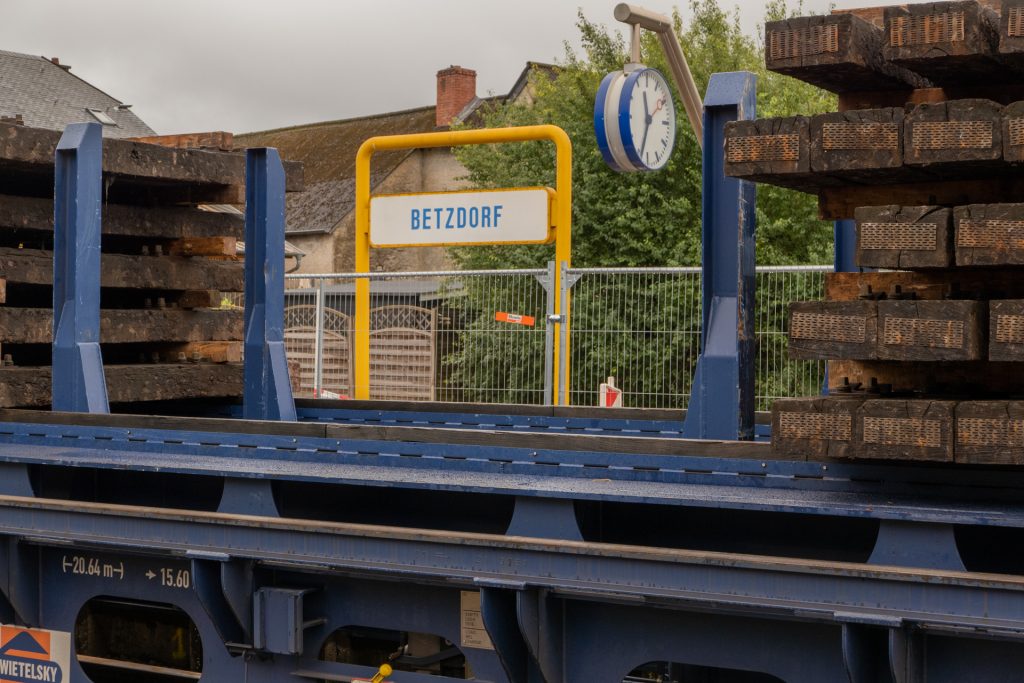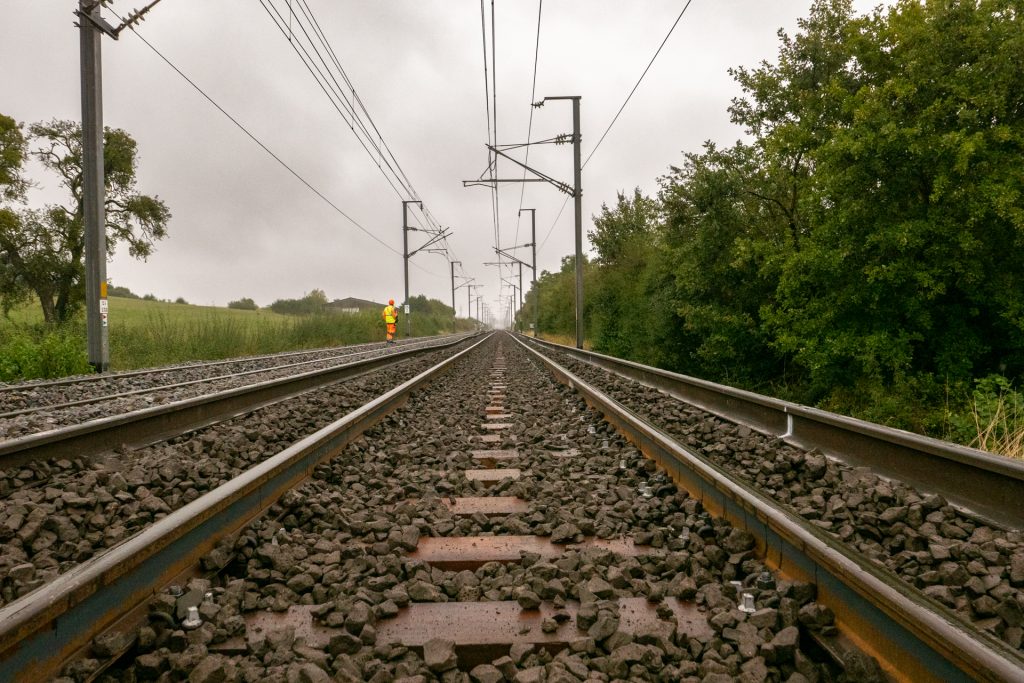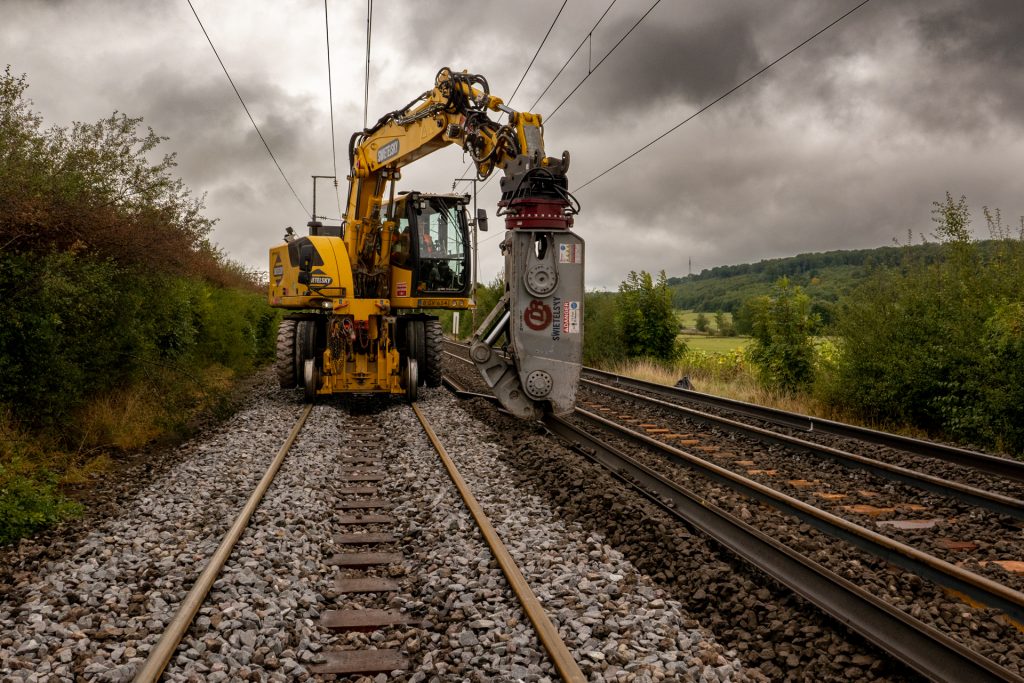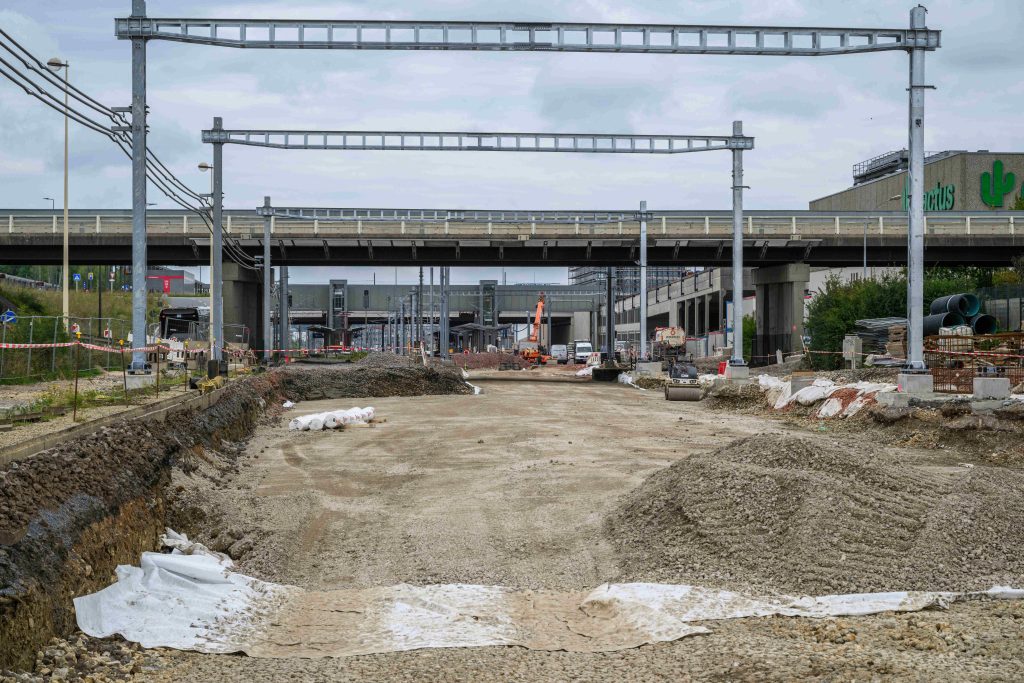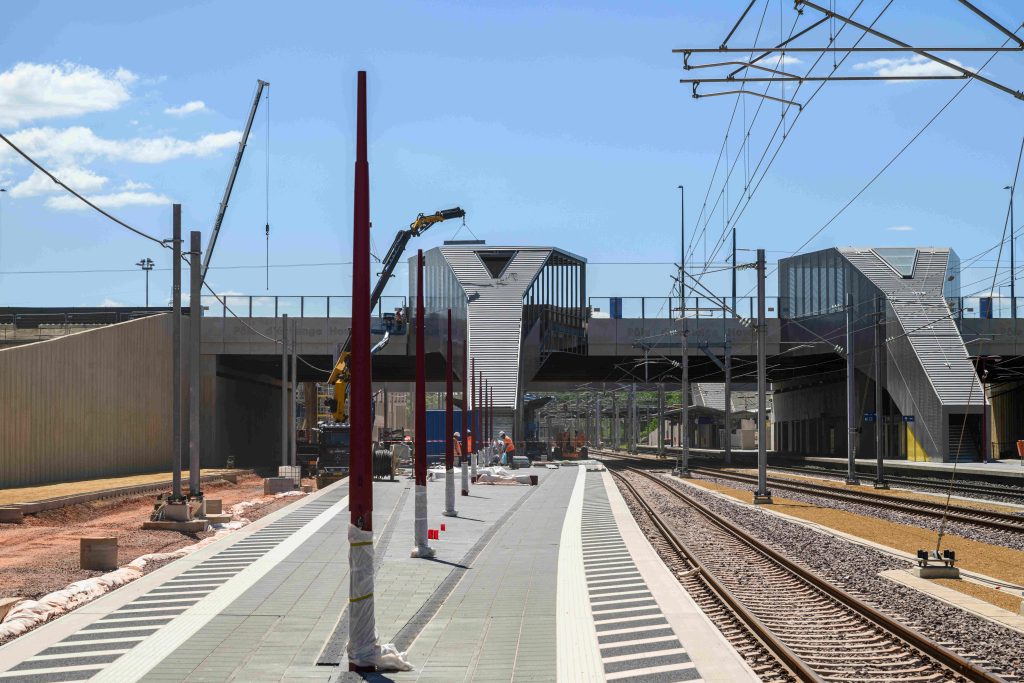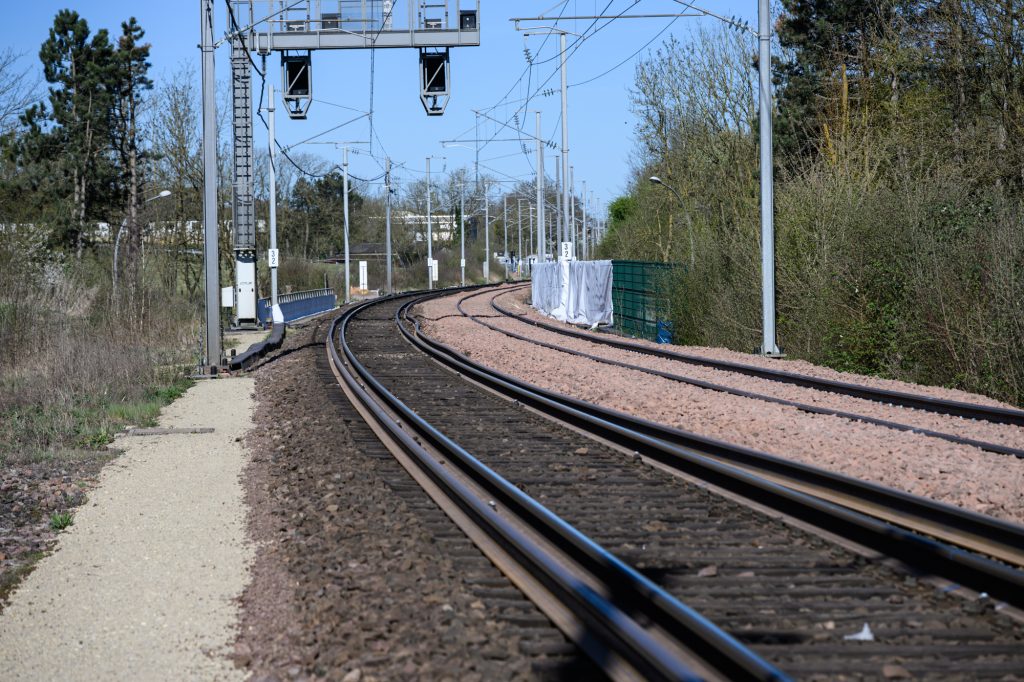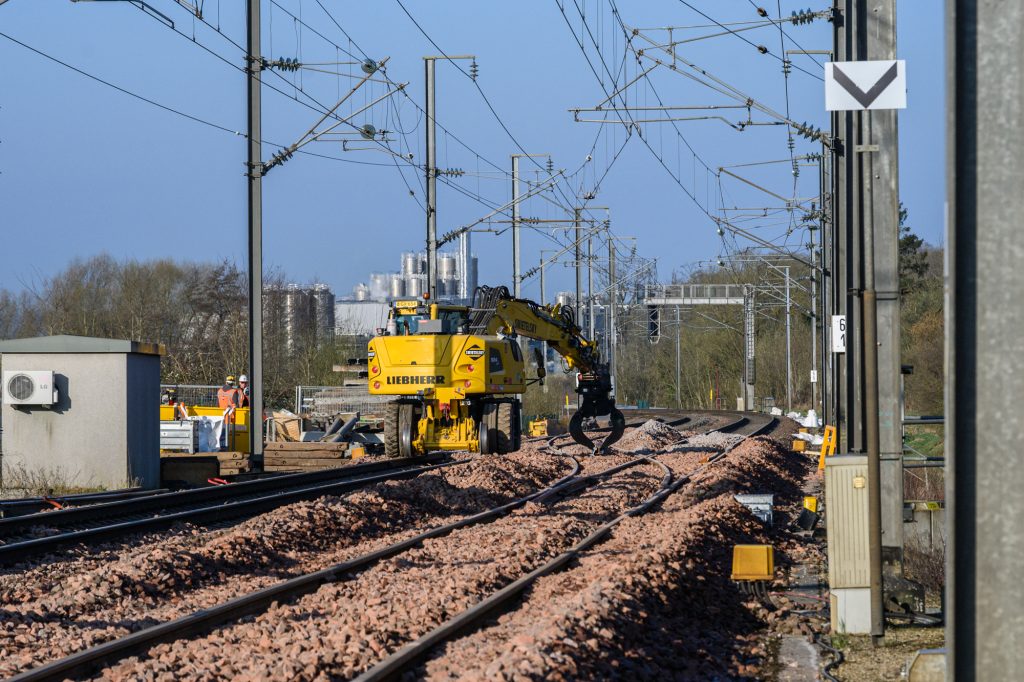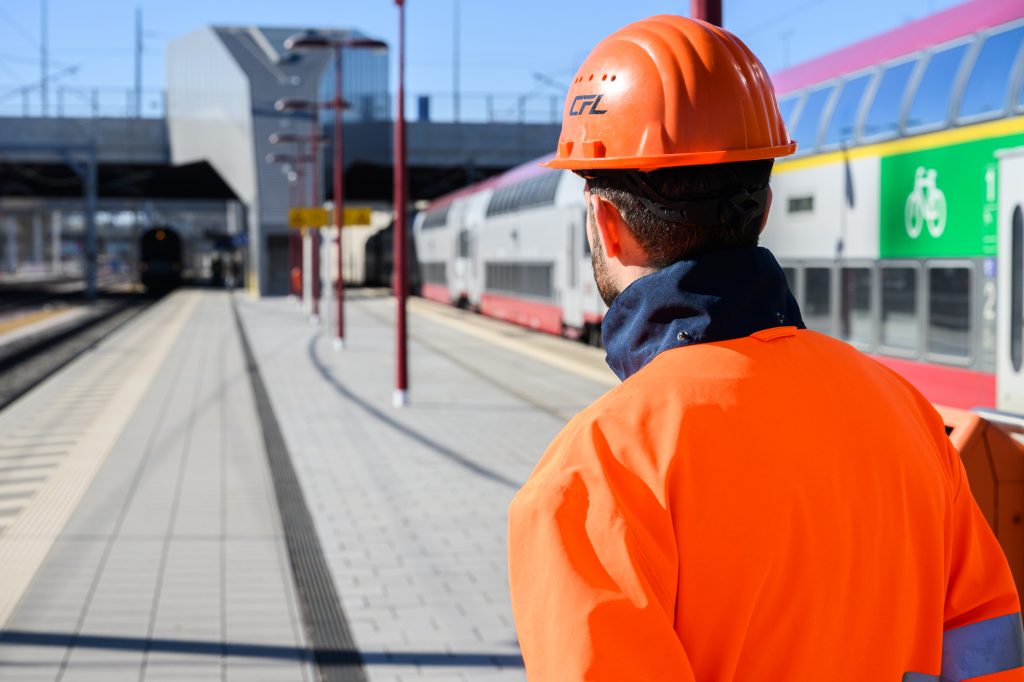
Technology and expertise lay the tracks for the future
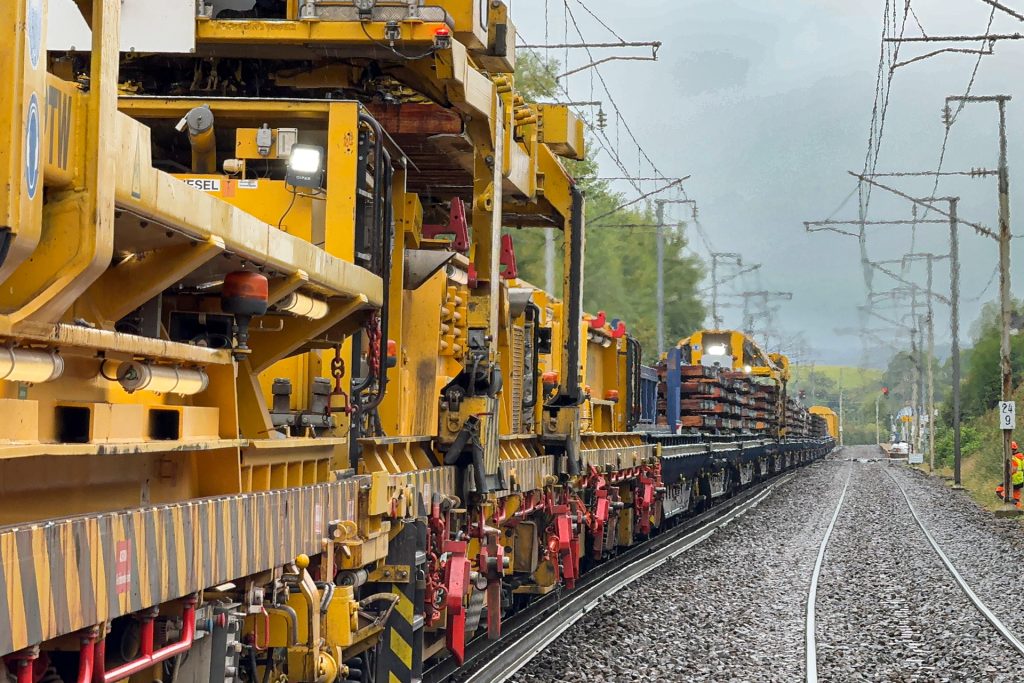
It’s Monday morning, and between Roodt and Wecker, an unusual sight presents itself. Like a giant centipede, the Swietelsky RUS 1000 S crawls along the tracks, leaving behind nothing but brand-new rails. The operation of this machine—unique in Europe—is as impressive as the soundscape it creates, advancing at an average rate of 150 metres per hour.
On the Luxembourg–Wasserbillig–Trier line, the CFL are renewing 13.4 kilometres of track—equivalent to nearly 27 kilometres of rail, 22,000 sleepers, and several tonnes of ballast. The purpose of this work is to ensure the safety of our passengers and staff. With an average lifespan of 25 years, the track segment last renewed in 1996 was due for a comprehensive overhaul.
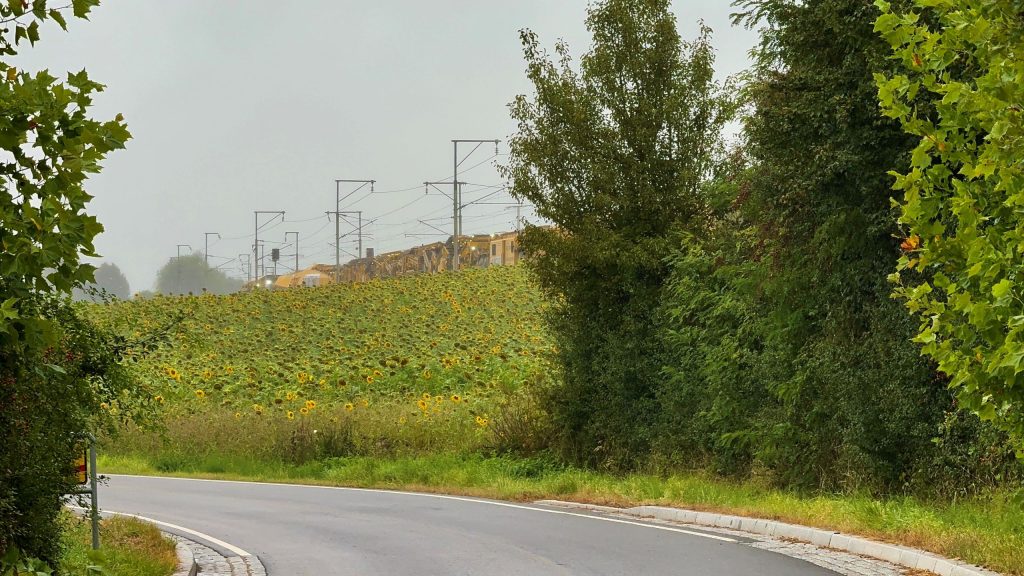
The track renewal train plays a leading role in this effort, alongside the skilled teams from Swietelsky and the CFL. Swietelsky owns nine such trains, and demand is high—this steel behemoth was booked several years in advance. Even Swietelsky’s seasoned staff are impressed by the scale of the work. Although they operate across Europe, the project between Roodt and Wecker is far from routine—the volume of work is remarkable.
New Rails on a Rolling Basis
The track renewal train’s operation is unique in Europe. Fast, precise, and efficient, it enables large sections of track to be replaced in a short time. Once the train has passed, the new track is immediately usable at speeds of up to 60 km/h. This greatly simplifies subsequent work on the line, which often involves heavy machinery—as our on-site project manager Laurent explains.
The Process in Pictures
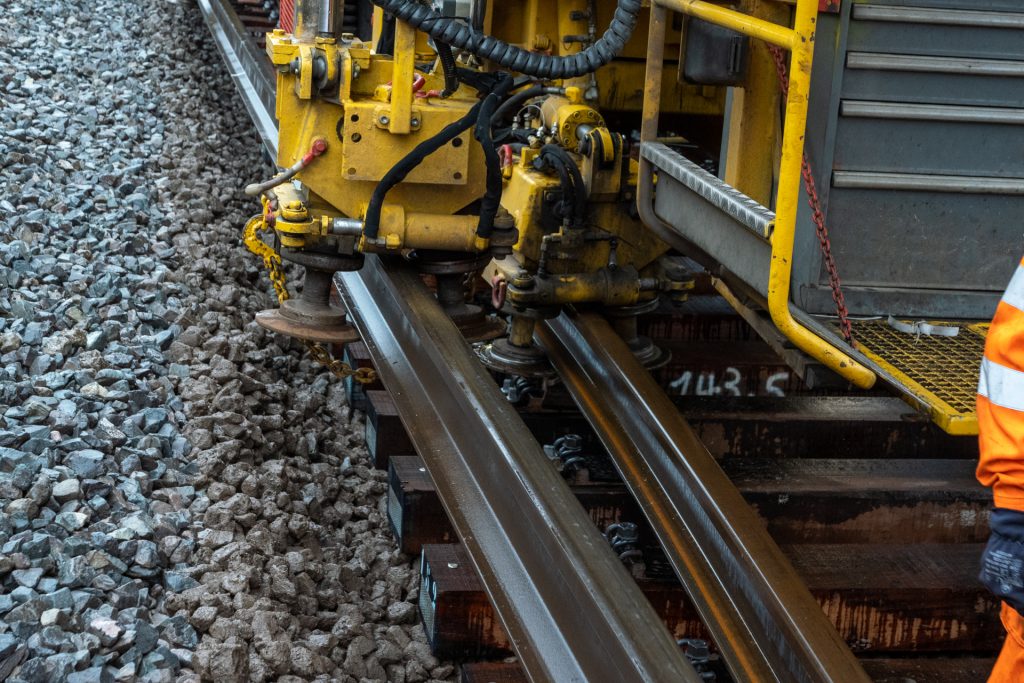
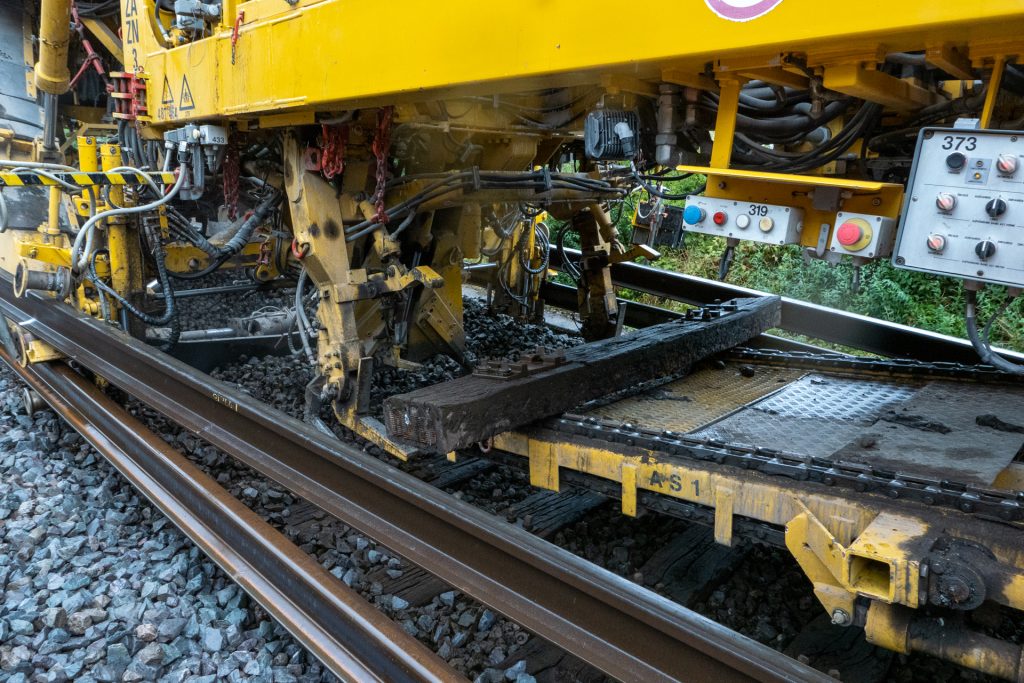
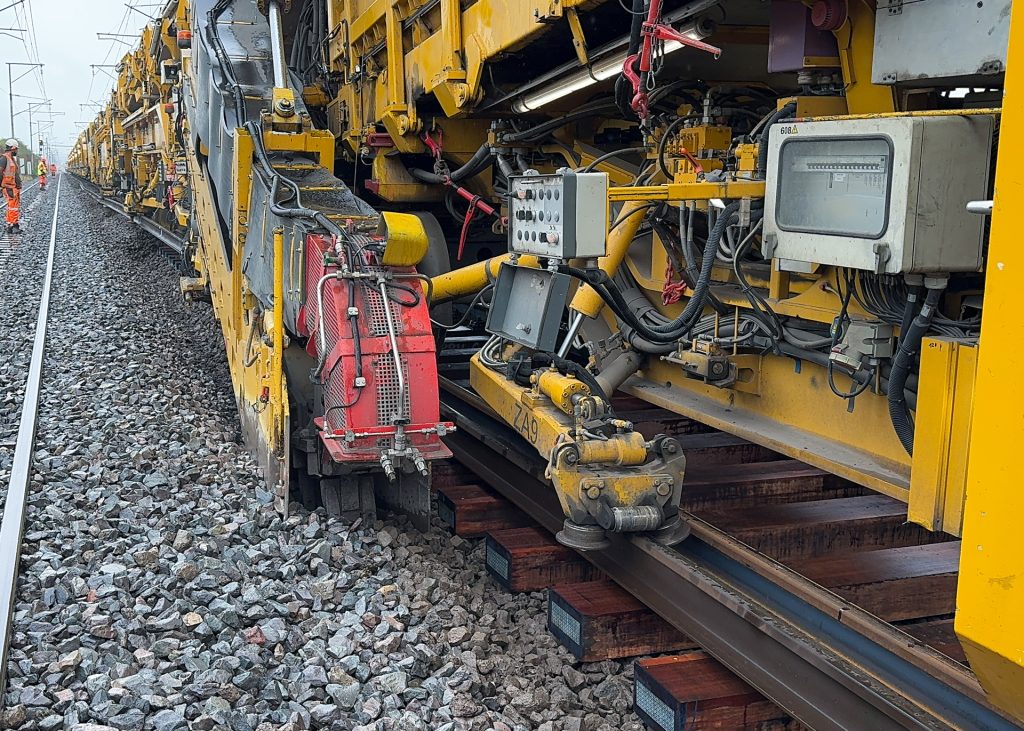
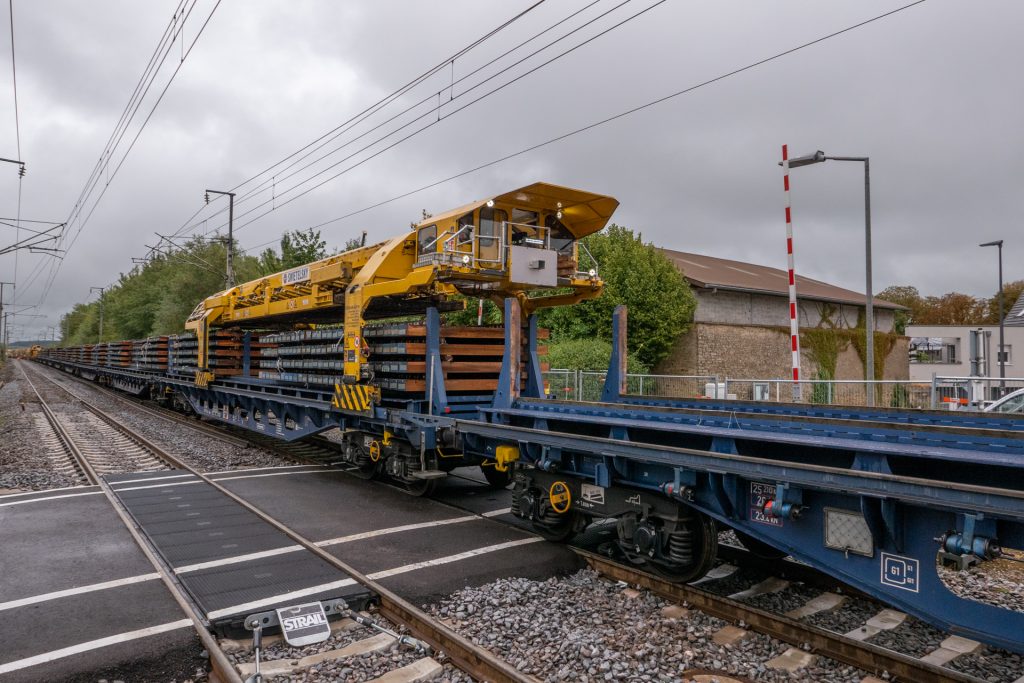
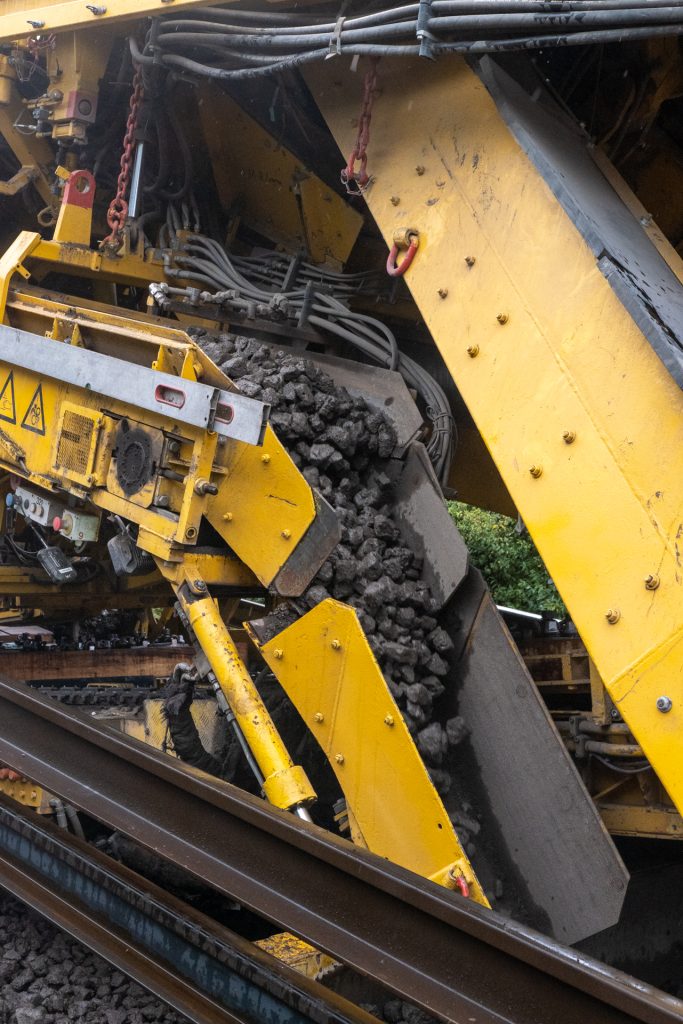
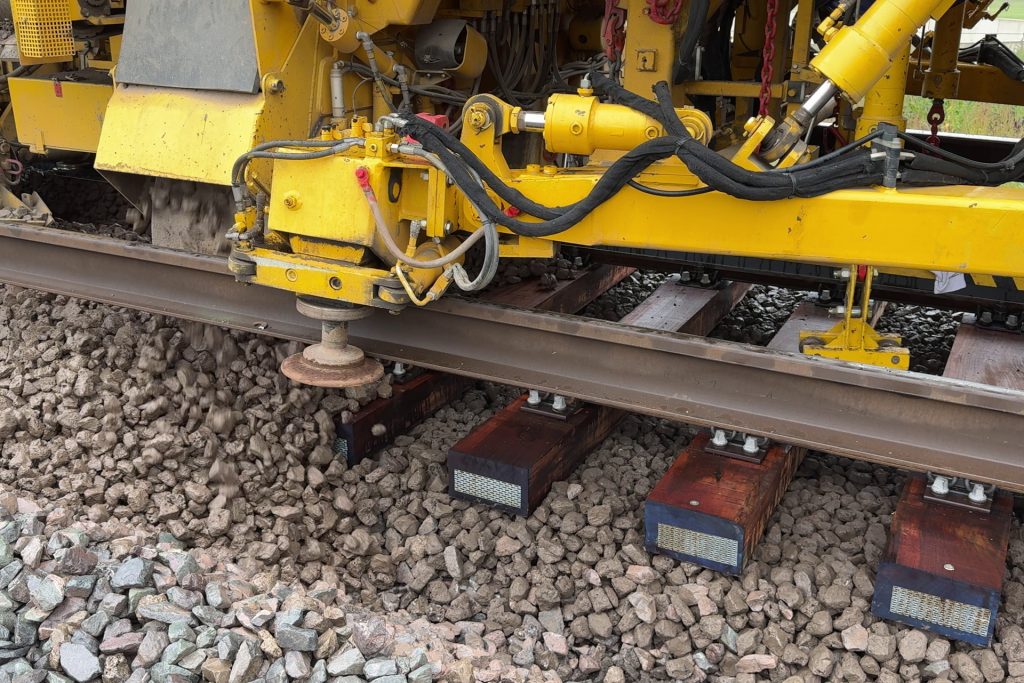
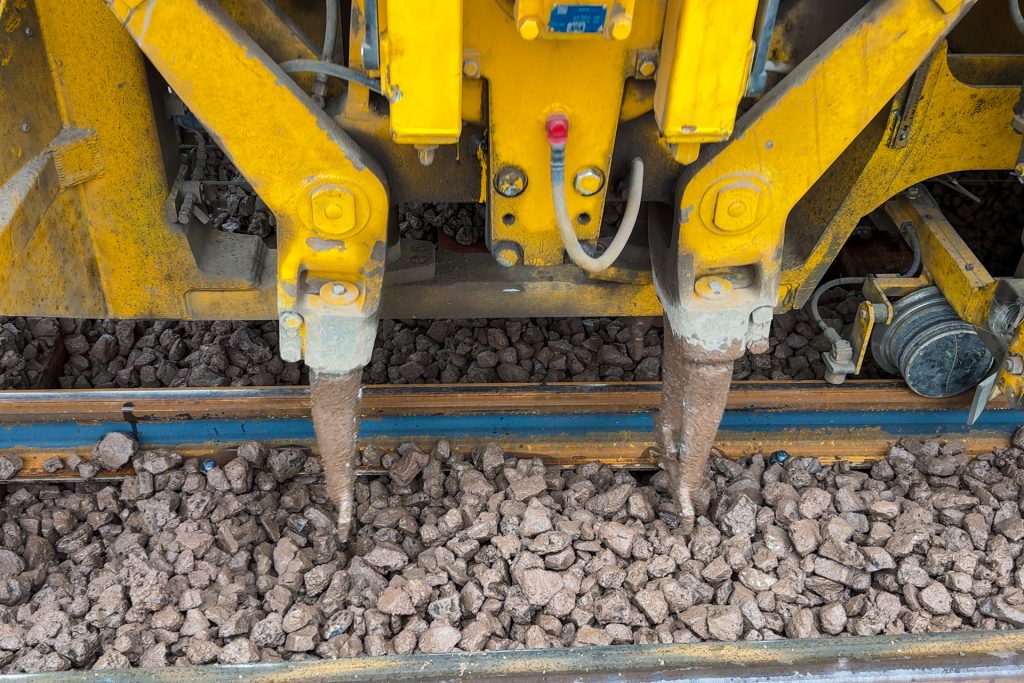
High-Tech Machinery and Dedicated Teams – An Unbeatable Combination
The RUS 1000 S, nearly 1,000 metres long, is as efficient as it is impressive. Yet without the passionate commitment of the Swietelsky and CFL teams, it would be of little use. Long before the actual renewal work begins, teams are on site preparing the track bed for the train’s passage. All embedded components—such as axle counters, ETCS balises, and more—are removed to prevent damage during the train’s transit.
To allow the train to “thread” the new rails as described, the existing rails are cut at one or more points, producing a dramatic shower of sparks. Even during the train’s operation, human expertise remains essential. The movements of the workers are diligent, skilled, and precise—they monitor the machine’s function closely and inspect the results in detail.
Welding: Where Craftsmanship Meets Physics
Even after the Swietelsky train has passed, the job isn’t quite finished. The track is tamped and stable, but the 360-metre-long rail panels must be permanently welded together. Welding is a challenge in itself, but joining rail elements is a true art form. Like all metal structures, rails expand in heat and contract in cold. To avoid stress in the kilometre-long rails, welding is carried out at a rail core temperature of 27°C.
Given the temperature fluctuations of the approaching Luxembourgish autumn, the rails must be heated to 27°C. Since they would contract again when cooling to ambient temperature, the rails are extended accordingly. For example, at an ambient temperature of 10°C, 4.5 cm of rail is added to a 360-metre section to ensure stability and safety for all under colder conditions.
